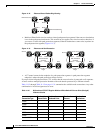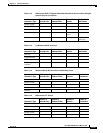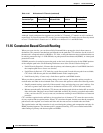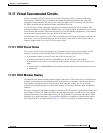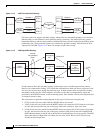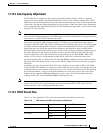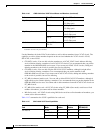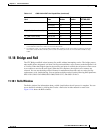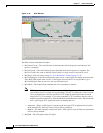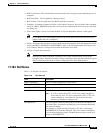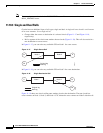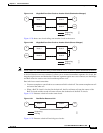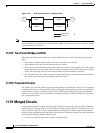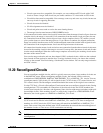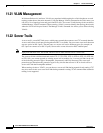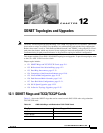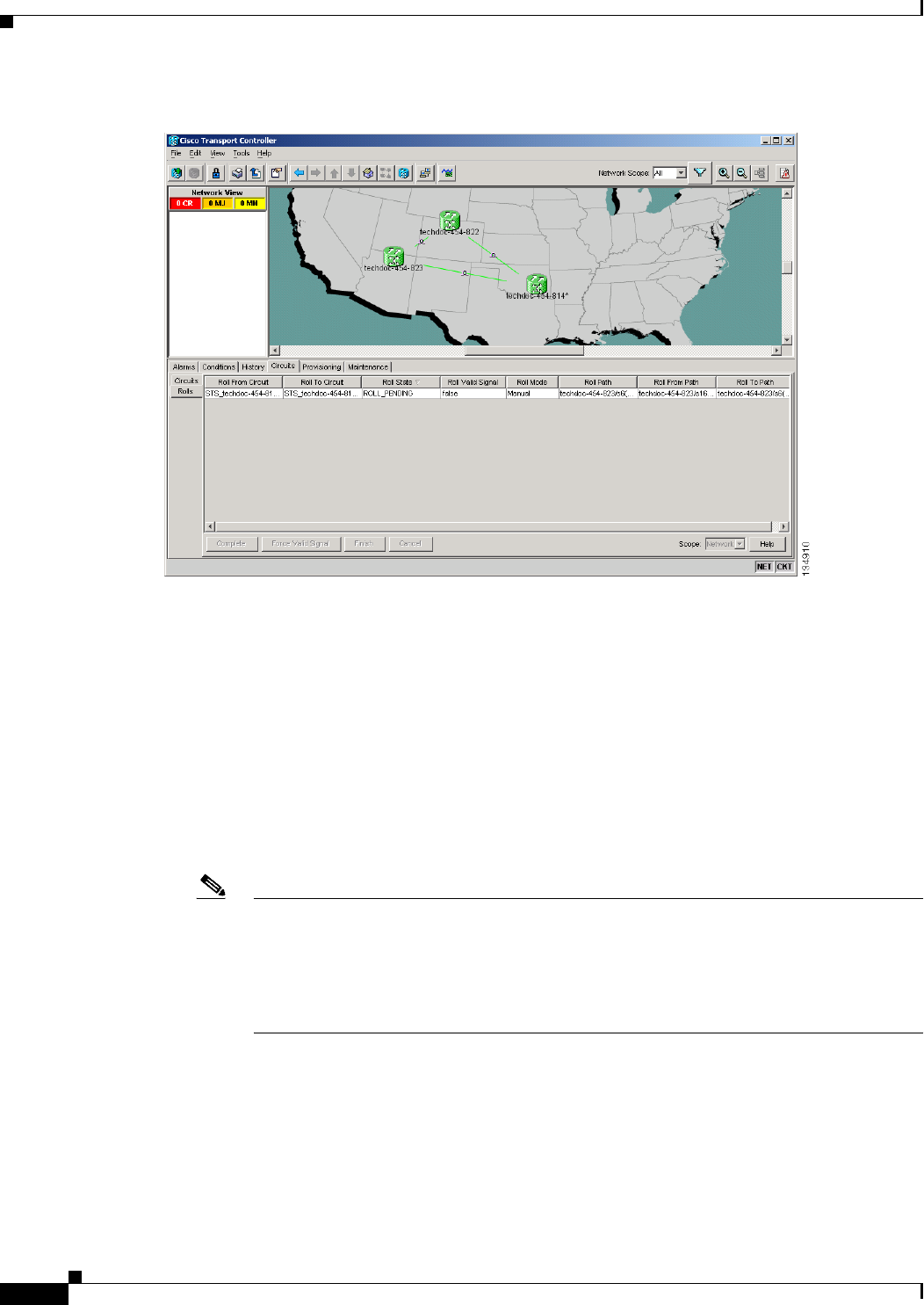
11-38
Cisco ONS 15454 Reference Manual, R7.0
78-17191-01
Chapter 11 Circuits and Tunnels
11.18 11.18.1 Rolls Window
Figure 11-16 Rolls Window
The Rolls window information includes:
• Roll From Circuit—The circuit that has connections that will no longer be used when the roll
process is complete.
• Roll To Circuit—The circuit that will carry the traffic after the roll process is complete. The
Roll To Circuit is the same as the Roll From Circuit if a single circuit is involved in a roll.
• Roll State—The roll status; see the “11.18.2 Roll Status” section on page 11-39.
• Roll Valid Signal—If the Roll Valid Signal status is true, a valid signal was found on the new port.
If the Roll Valid Signal status is false, a valid signal was not found. It is not possible to get a
Roll Valid Signal status of true for a one-way destination roll.
• Roll Mode—The mode indicates whether the roll is automatic or manual.
Note CTC implements a roll mode at the circuit level. TL1 implements a roll mode at the
cross-connect level. If a single roll is performed, CTC and TL1 behave the same. If a dual
roll is performed, the roll mode specified in CTC might be different than the roll mode
retrieved in TL1. For example, if you select Automatic, CTC coordinates the two rolls to
minimize possible traffic hits by using the Manual mode behind the scenes. When both rolls
have a good signal, CTC signals the nodes to complete the roll.
–
Automatic—When a valid signal is received on the new path, CTC completes the roll on the
node automatically. One-way source rolls are always automatic.
–
Manual—You must complete a manual roll after a valid signal is received. One-way destination
rolls are always manual.
• Roll Path—The fixed point of the roll object.



